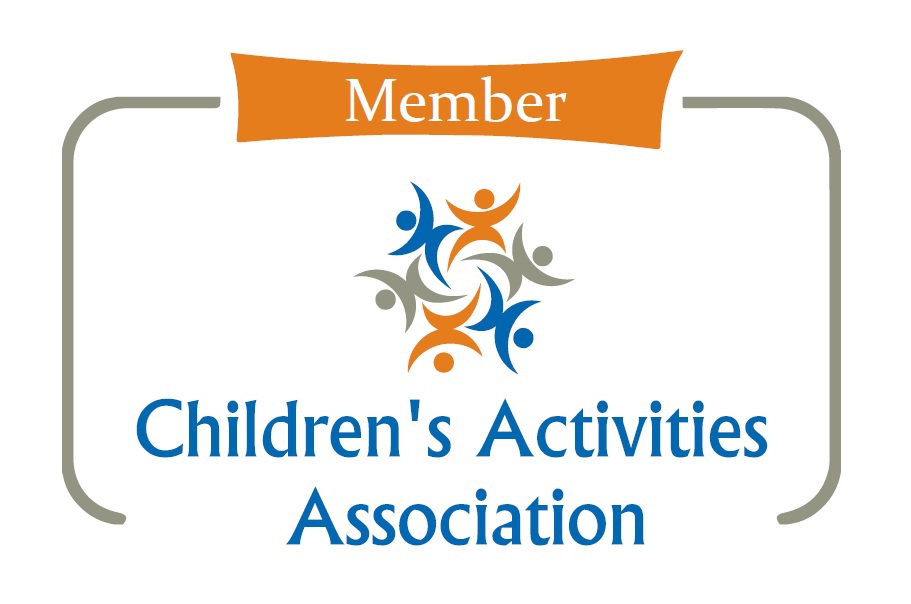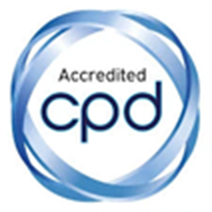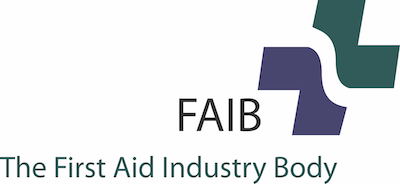At Mini First Aid we recognise the incredibly important role car seats play in child safety. A properly fitted car seat will stop your child being thrown around the inside of a vehicle, or stop them being ejected from the vehicle in a crash. It will also absorb some of the impact force, helping prevent injury. A seatbelt alone will not provide adequate protection. However, increasingly over the years car seat safety has become more and more complex, with the Baby Products Association saying "there is huge confusion and contradiction" when it comes to child car seats.
This week, Mini First Aid trainer Liz Watt, who is qualified in baby car seat safety gives us the lowdown on exactly what parents and carers need to know, alongside her top tips for buying and using car seats safely.
Why can't children use an adult seatbelt?
It's often assumed children's bodies are just smaller versions of adult bodies, but this is not the case. Babies' bodies in particular need protection based on specific physical traits:
- babies have bigger heads and smaller limbs
- babies' major organs are in different places to adults
- babies' bones and muscles aren't fully formed, meaning they are more vulnerable to injury than adults
As for children, they are too small to properly position an adult seat belt over their shoulders and pelvis correctly, and their bones aren't strong enough to absorb the energy of a crash without affecting their internal organs - this is why the correct car seat for the correct age provides the best protection for children as they develop.
What does UK law say about car seats?
This, at least is very clear. UK law states that children must use a car seat until they're 12 years old, or 135cm / 4ft 5inches tall, whichever comes first. However, safety experts recommend you use a child car seat for all children under 150cm / 4ft 11 inches, and interestingly, this is the legal requirement in Ireland, Germany and France.
You also need a car seat that:
- is correctly fitted according to the manufacturer's instructions
- conforms to the United Nations Standard, ECE Regulation 44/03 or ECE 44/04. If you have an i-Size seat, it will need to be approved under the regulation UN R129. Car seats which have been approved under these regulations will have a label on the seat. These labels are often orange (although they don't have to be) and will have a capital E in a circle. Here are some examples:

What are the rules around forward or rear facing car seats?
Again, UK law is very clear on this - your child MUST sit in a rear facing car seat until they are 15 months old. But it is becoming much more common to keep children in a rear facing car seat after 15 months, and crash tests show this is a much safer option. In fact, most safety experts would recommend you keep your child rear facing until the age of 4.
What size car seat do I need?
The majority of child car seats are based on weight / age and are divided into 3 main groups:
- group 0+: these are rear-facing car seats and are suitable for babies up to approximately 15 months, or 13kg
- group 1: these are rear or forward facing seats suitable for children from approximately 9 months to 4 years who weigh between 9 and 18kg
- group 2/3: these are rear or forward facing high-backed booster seats suitable for children from approximately 4 years to 11 years and weighing 15-36kg
Combination seats which cross over these groups are also available, eg group 0+/1 seats, suitable from birth until around 4 years old.
Height based car seats are called i-Size, and this is the new European standard for child car seats. These will fit all i-Size-certified cars and almost all vehicles which have Isofix, however it is best to specifically check the list of approved vehicles when buying an i-Size seat. The height categories are:
- i-Size baby: Newborn to 85cm (0 to appox 15/18 months)
- i-Size baby and toddler: Newborn to 105cm (0-4 years)
- i-Size toddler and child: 61cm to 105cm (15 months to 4 years)
- i-Size child: 100cm to 135cm (4-12 years)
My top tips for buying and using car seats safely:
1. Do your research
I'd thoroughly recommend buying your car seat in person because you can ask for a demo of how it should be fitted in your car and work out on the spot whether it is compatible with your vehicle. However, if you don’t manage to get any professional advice in person, there are a few things you can do. Check online to see which car seats are recommended for your particular vehicle and always read the instruction booklet carefully. There should be a QR code on your new seat which you can use to access instructions and videos. Another top tip is that if your baby will be travelling regularly with another family member (eg grandparent), make sure you buy a seat which will fit in their car as well.
2. Don't buy a secondhand seat
If you don't know the people you are buying from, a secondhand seat is a big no. It might have been damaged in a previous accident, dropped by previous owners or it may be missing parts, including fitting instructions. If you've been offered a car seat from family or friends, make sure you've throroughly talked through its history so you can feel confident it is still safe to use, make sure it is not too old (it won't be equipped with the latest safety features) and make sure you have the instruction manual.
3. Get the size right
People often think their baby looks really squashed in their car seat. However, the more ‘squished’ into the seat the better as a baby is likely to move less in the event of a crash. When a child’s head reaches the top of the seat, it is usually a sign that they can move to the next size up. Don’t worry about your child’s legs being too long. Little ones are very happy to have their legs folded!
4. Get the set-up right
Seat belts and harnesses should not be twisted. In the event of a crash, a twisted seat belt can actually cause more damage. For most baby seats, the handle is actually a safety device which acts as a roll bar in the event of a collision. This should be kept in the ‘up’ position when the car is moving. The ‘hood’ if fitted, should also be down during travel. Always check your seat handbook for information.
5. Support baby’s head
A baby’s head is approximately 25% of their body weight, so is likely to lull forward. A car seat should be at a 45 degree angle to prevent this. Head-huggers come with various car seats. These should be used to support baby’s head and should not be removed too early just for the child’s comfort.
6. Do the ‘pinch’ test when strapping your baby in
We used to say that your baby’s harness needs to be tight enough to fit 2 fingers underneath. Everyone has different size fingers, so we now say to do the ‘pinch’ test: if you can pinch the material of the harness then it is not tight enough. Don’t forget that the harness is there to keep your baby in place, in the event of a crash. It needs to be tight.
7. Don’t overdress
Do not dress your little one in big coats or pram suits when in their car seat. Your baby could overheat and the harness will not be tight enough. In the event of a crash, your baby could also slide out of their seat. Indoor clothing is enough when your child is in the car. If you are worried about your baby getting cold, pop a blanket over their body. Remember that babies should not be swaddled in their seat. Their arms need to be outside the harness.
8. Limit the time in a car seat
A premature or newborn baby should only spend 20 minutes at a time in a car seat. For older babies, they should spend no longer than 2 hours without a break. When you get out of the car, the best thing to do is to transfer your little one to a sling/pram and leave the seat in the car. It is not good for your baby’s spine or head to be in the car seat for long periods.
Sources: The Baby Products Association, Which?, NHS UK







